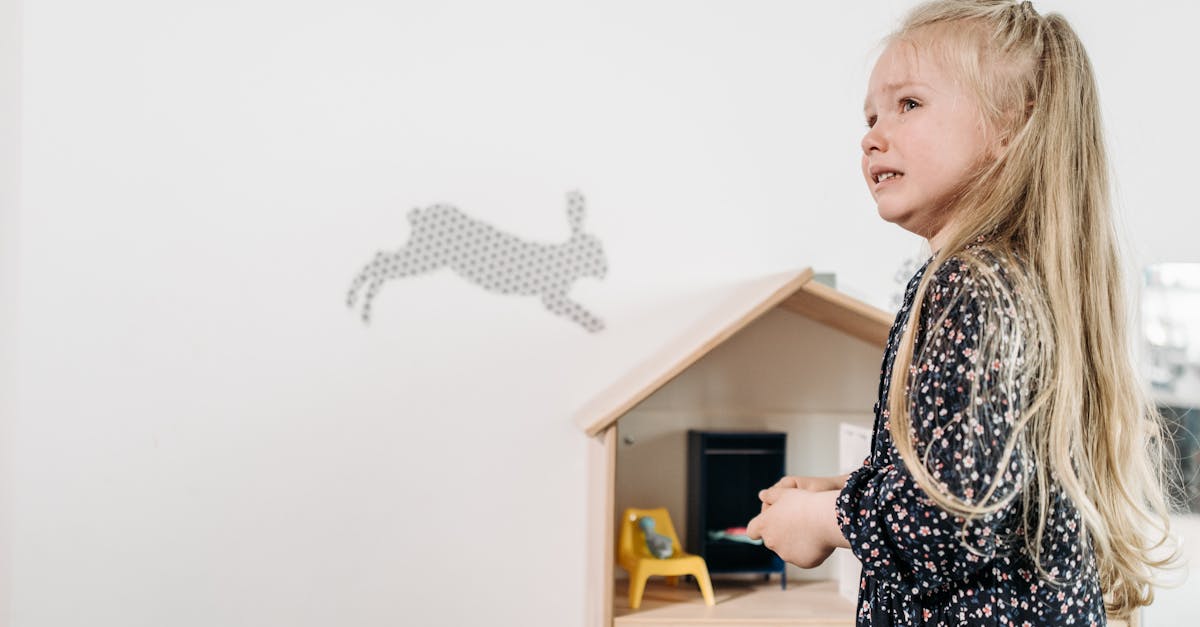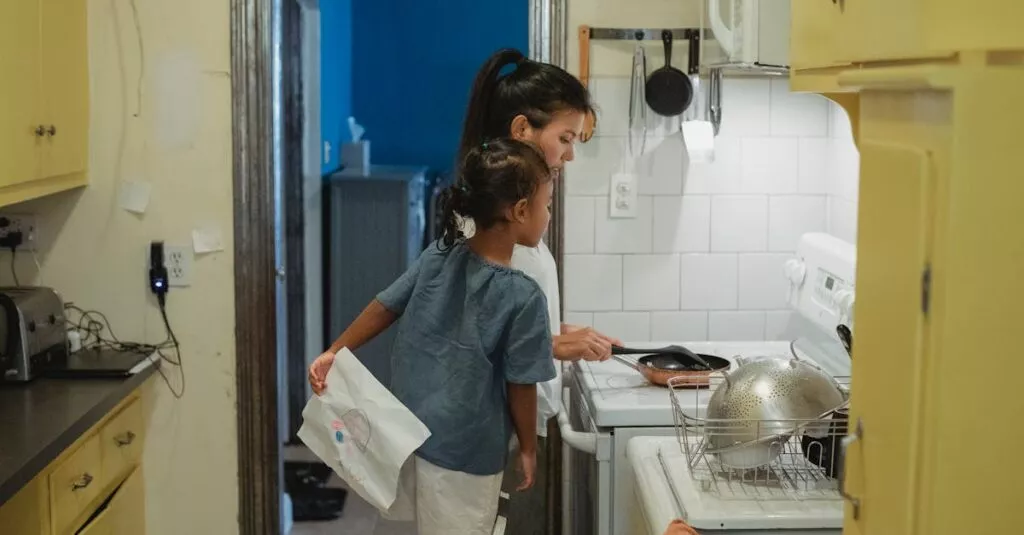The Groundwork of Hospitality
Laying the foundation for hospitality begins at home, with simple gestures and words. Picture this: a child offering their play-dough to a friend, mirroring the generous spirit we hope to instill. This isn’t just cute; it’s the first step in teaching them the joy of sharing. Engaging them in small, daily acts of kindness plants seeds for a lifetime of generosity. Discussing the importance of sharing, being polite, and understanding feelings are great ways to start.

Incorporating these values in children at a young age will help shape them into compassionate and considerate individuals, fostering a sense of empathy and care for others.
Everyday Kindness in Action
Incorporating kindness into the daily routine doesn’t need grand gestures. It’s in the ‘please’, ‘thank you’, and the sharing of the last cookie. One hilarious moment was when my child decided to ‘share’ his broccoli with the dog under the table. While we navigated the importance of honesty (and why dogs shouldn’t eat broccoli), it was a lesson in finding humor in teaching moments. Small acts of kindness, like drawing a picture for a neighbor or helping to set the table, are powerful examples of love in action.

Christ’s Example for Kids
Showing Christ’s compassionate love through simple, child-friendly stories can deeply resonate with young hearts. Explaining how Jesus loved and cared for others in ways they understand—through helping, sharing, and being a good friend—can inspire them to act similarly.
A captivating storytime about Christ feeding the hungry or healing the sick can spark an early interest in being kind and helpful to those around them.

Dealing with Emotional Challenges
It’s not all smiles and laughter; there will be tears and frustrations as kids navigate sharing and empathy. My own experience involved mediating a meltdown over a shared toy, which felt more like peace talks at the UN. However, these moments are ripe for teaching about feelings, forgiveness, and moving forward. Framing these challenges within the concept of love and kindness can help children grasp the importance of getting along and supporting each other.

Creative Kindness Activities
Transforming abstract concepts like kindness into tangible activities can make learning fun. Crafting ‘kindness rocks’ to place around the neighborhood or creating greeting cards for local nursing home residents offers creative outlets for compassion. Our kitchen turned into an ‘experiment lab’ when we tried baking cookies for first responders, learning that it’s the thought (and sometimes the mess!) that truly counts.

Engaging in such activities not only spreads positivity but also strengthens bonds within the community, fostering a culture of empathy and care.
Cheers to a Kinder World
Celebrating acts of kindness can encourage more of the same. Setting up a ‘kindness chart’ or having a ‘kindness star of the week’ can motivate children to keep looking for ways to be helpful and caring. As parents, sharing stories of when we’ve seen or experienced kindness ourselves reinforces the message that a little love goes a long way. Let’s raise our cups (of non-spill sippy cups, of course) to spreading more kindness in the world.

